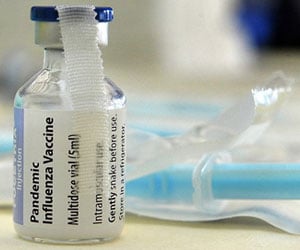
‘Characterization of cord stem cells in premature infants may help in the development of stem cell therapies to manage and possibly prevent severe, chronic lung disorders.’
Read More..Tweet it Now
Their findings, published in the Frontiers in Pediatrics, also add to the identification of disease risk factors, as well as contribute to the research into cell-based therapies for prevention and management of bronchopulmonary dysplasia. Read More..
"We want to be able to use stem cell therapies to regenerate the damaged and underdeveloped lungs of premature infants with bronchopulmonary dysplasia," says senior author Karen Mestan, MD, MSCI, neonatologist at Ann & Robert H. Lurie Children's Hospital of Chicago and Associate Professor of Pediatrics at Northwestern University Feinberg School of Medicine.
"Our characterization of cord stem cells in these infants is a big step toward development of stem cell therapies to manage and possibly prevent this challenging disease."
About 10,000 babies a year develop bronchopulmonary dysplasia. Premature infants, and especially those born more than 10 weeks preterm and weigh less than two pounds, are at highest risk. However, there are no clear predictors of this disease.
To study the stem cell differences between premature infants who develop bronchopulmonary dysplasia and those who do not, Dr. Mestan and colleagues collected cord blood and tissue from 200 preemies of different gestational ages. They measured the percentage of hematopoietic stem cells (those circulating in blood) and mesenchymal stem cells (those derived from umbilical cord tissue). They also evaluated biochemical factors in cord blood plasma.
Advertisement
Clinically, the increase in cord stem cells, if validated by more studies, might be one of the risk factors for bronchopulmonary dysplasia.
Advertisement
Source-Eurekalert












